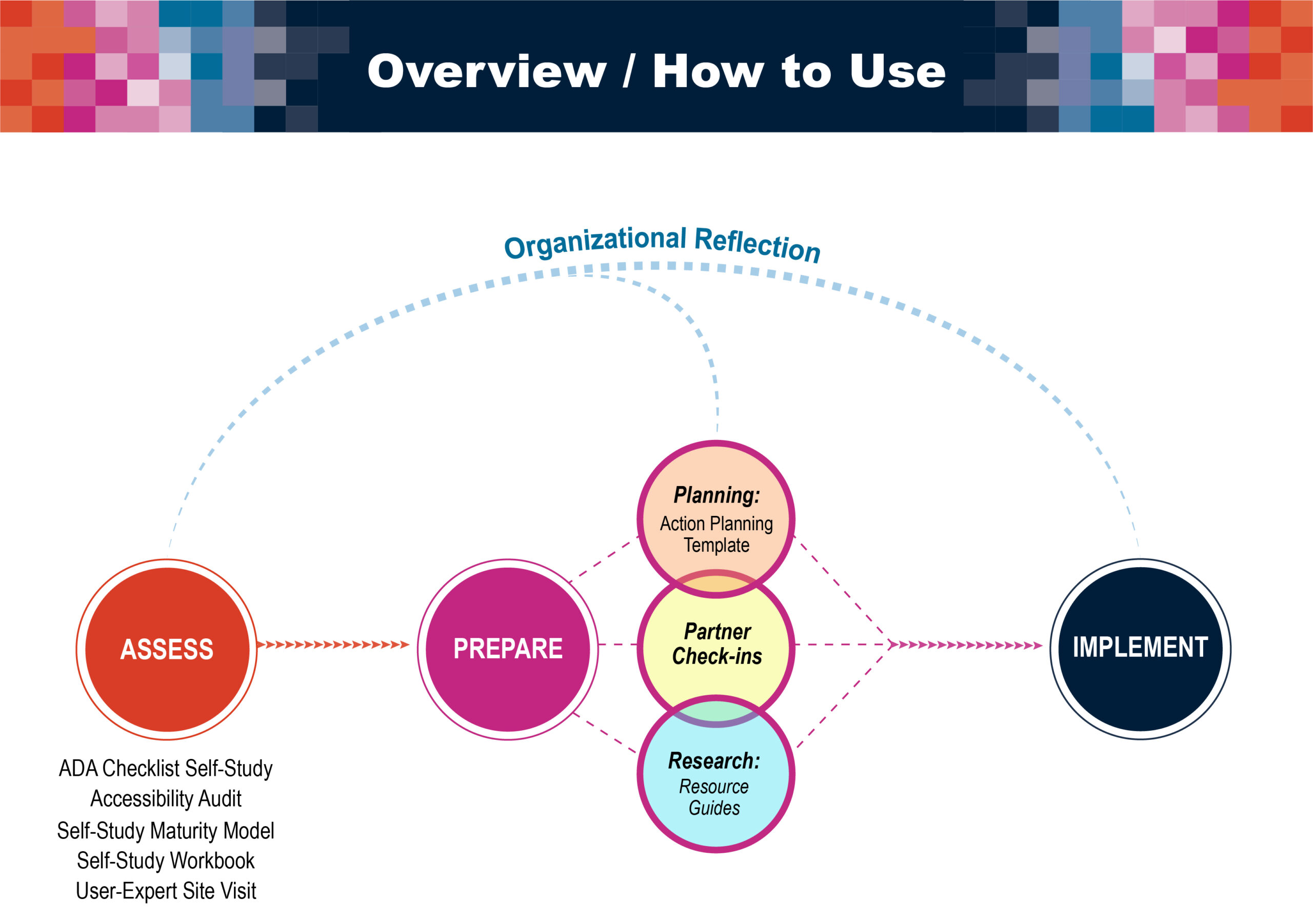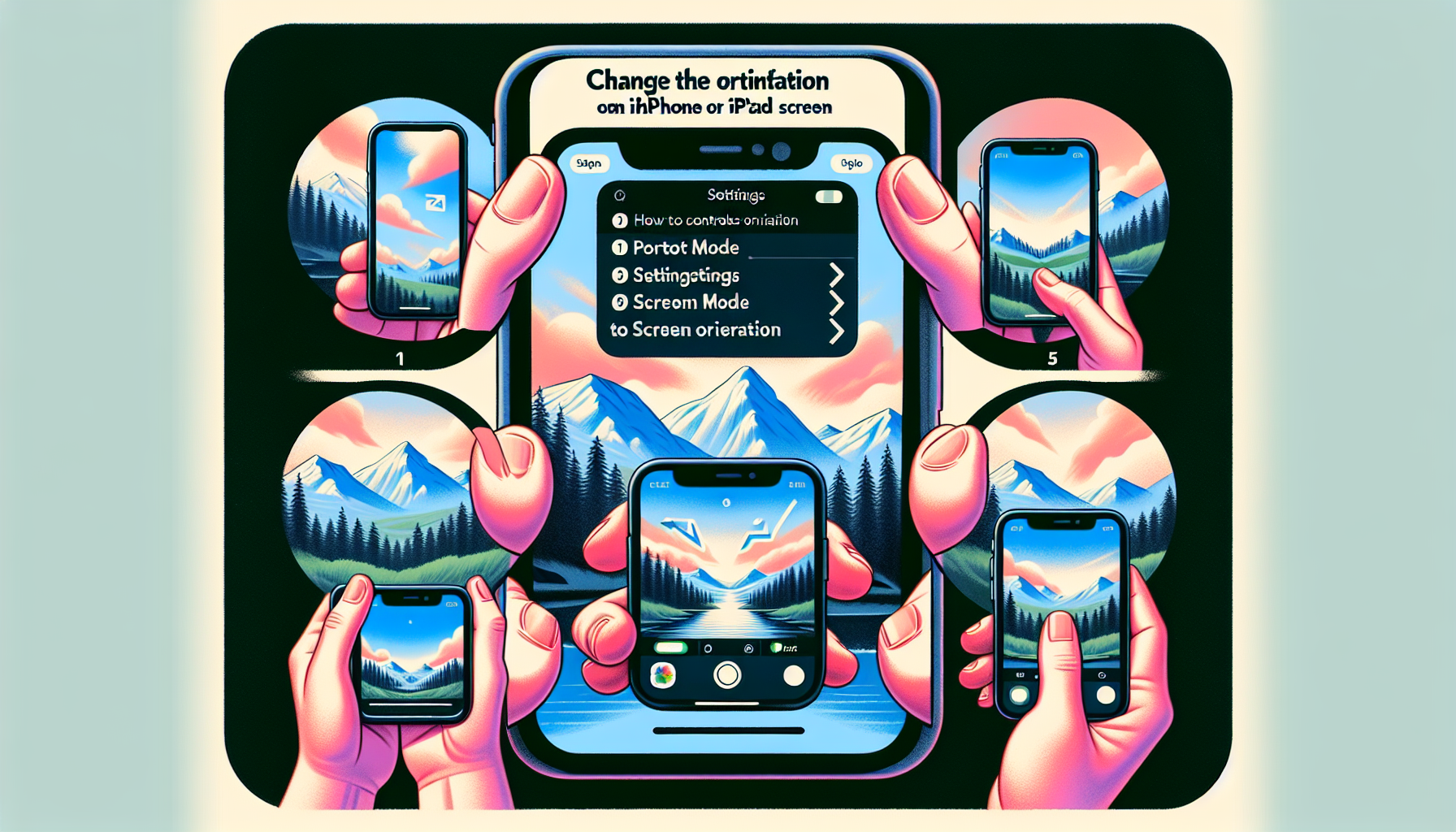 ## How to Change Your iPhone or iPad Screen Orientation Without Physically Adjusting the Device
## How to Change Your iPhone or iPad Screen Orientation Without Physically Adjusting the Device
The capability to modify your screen orientation on an iPhone or iPad is a function that many individuals depend on every day. Whether you’re surfing the internet or enjoying videos, alternating between Portrait and Landscape modes can elevate your viewing pleasure. Traditionally, this requires physically tilting your device, but did you know there’s a method to shift your screen without moving it? This guide will lead you through the steps and discuss when this feature is particularly beneficial.
Understanding the Fundamentals of Screen Rotation
Before getting into the technique of rotation without any physical adjustment, let’s go over the fundamentals. Most iPhones and iPads include an Orientation Lock toggle. If this is turned off, you can transition between Portrait and Landscape just by tilting your device. This is especially useful when viewing full-screen videos on services like YouTube or Apple TV+.
Making Use of Accessibility Features
The ability to rotate your screen without physical adjustment is facilitated through an Accessibility feature. Apple developed this capability to assist users who may find it challenging to tilt their devices due to physical limitations or specific situational requirements.
Activating AssistiveTouch
To enable this feature, you must turn on AssistiveTouch on your iPhone or iPad. Here’s how:
- Open the Settings app on your device.
- Scroll down and select the Accessibility tab.
- Within Accessibility, locate and enable AssistiveTouch.
Once AssistiveTouch is turned on, you can rotate your screen from within any application that supports this feature.
When to Activate Screen Rotation Without Movement
Recognizing when to utilize this feature can greatly improve your device usage. Here are some situations where it may prove beneficial:
- Mobility Challenges: For users with restricted movement, this feature offers a method to interact with their device without the necessity for physical tilting.
- Stable Position: If your device is fixed on a stand or dock, physically adjusting it could be impractical. This feature enables smooth orientation changes.
- Multi-Tasking: When you’re engaged and cannot use both hands, rotating the screen with a few taps can be more convenient.
Final Thoughts
Changing your iPhone or iPad screen without physically adjusting the device is a lesser-known yet highly beneficial feature. By utilizing Accessibility settings, you can improve your user experience and tailor your device to meet your needs, whether due to physical restrictions or convenience.
Frequently Asked Questions
Q1: Is the AssistiveTouch feature usable in all applications?
A1: While AssistiveTouch is a system-wide feature, not every app may completely support screen rotation. It is best used with applications designed for both Portrait and Landscape orientations.
Q2: Will using AssistiveTouch drain my battery?
A2: AssistiveTouch is a lightweight feature and typically has minimal impact on battery life.
Q3: Can I personalize the AssistiveTouch menu?
A3: Yes, you can personalize the AssistiveTouch menu to include shortcuts and actions that align with your preferences, making it a flexible tool for various tasks.
Q4: Is there a comparable feature to AssistiveTouch on Android?
A4: Yes, Android devices frequently offer similar accessibility features. You can look into options like “Assistant Menu” or third-party applications to enjoy comparable functionality.
Q5: Can this feature be utilized on older iPhone or iPad models?
A5: AssistiveTouch is available on most iOS devices, but accessibility features may differ based on the iOS version. Make sure your device is updated to the latest software for the optimal experience.
By learning and using these features, you can optimize your iPhone or iPad, adjusting it to your distinctive needs and preferences.